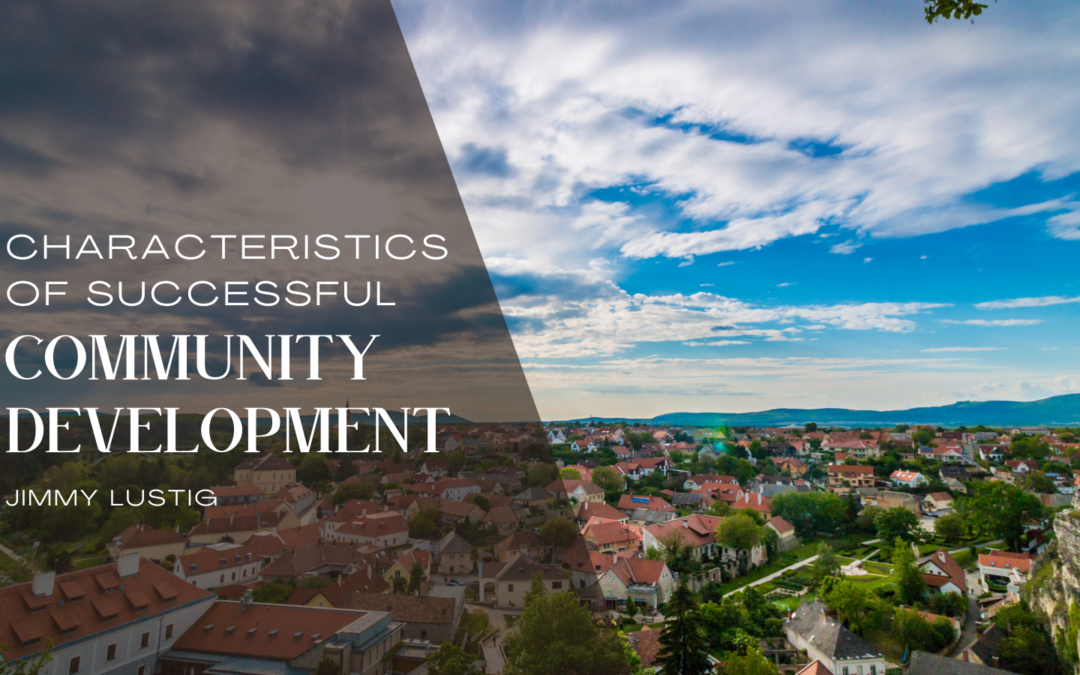The criteria used to define an effective community development organization can vary from one observer to another. For instance, some measure an organization’s success by the number of units it constructs or rehabilitates, while others measure it by the number of families it houses.
Besides the various factors that can be considered when it comes to establishing a successful community development project, other factors such as the leadership style and the systems that the organization uses also play a role in making it successful. Overall, these four characteristics are true of most successful organizations.
-
Initiatives Address Broader Strategies
One of the most important factors that can be considered when it comes to establishing a successful community development project is the presence of project-by-project development. This type of approach tends to alleviate the immediate needs of the local community, but it won’t revitalize it.
Small-scale projects that are often showcased and promoted as solutions to immediate needs often end up misdirecting resources and energy toward addressing the broader needs of the community. This is why it is important that organizations develop a comprehensive vision for the future of the neighborhood. They should also consider the various strategies that will benefit the most number of people over the long term.
A comprehensive community development project should also include a blueprint that identifies the various goals and strategies that will benefit the entire community. This type of project can lead to long-term success.
-
Headed by Local Residents
The success of a community development project depends on the involvement of the local residents. They play a vital role in developing a comprehensive vision for the community and establishing goals and strategies that will benefit the entire community. They also provide the necessary support and supervision to ensure that the project’s implementation is carried out.
A successful community development organization is built on the partnership between its technical expertise and the local residents. This type of partnership can help boost the project’s chances of success.
Unlike other organizations, community development organizations do not rely on professionals who talk about resident empowerment. Instead, they rely on the local residents to provide their input and guide the project’s decisions. Usually, these organizations hire individuals to serve on their boards and carry out decisions that are geared toward the development goals.
-
Mission-Driven
A successful community development organization does not just respond to opportunities, it also creates them. It works from a clear mission and aims to implement it in a way that will benefit the community.
Unfortunately, many community development organizations become reactive when it comes to choosing projects. They react to the availability of funds for a particular project or the offer by a private owner to purchase a property for the organization.
This can affect the long-term effectiveness of a community development organization by steering it away from its mission and toward a particular type of housing. Doing so can also lead to the organization losing the opportunity to effectively address the needs of the local residents. It can also impose additional costs on the organization by not being able to spend the time and resources on other projects.
-
Ongoing Evaluation
A successful community development organization’s project evaluation process involves taking into account the various factors that affect the organization’s overall mission and the needs of the local residents. Leaders of this organization regularly evaluate the performance of the organization. This process helps them make informed decisions and identify the best projects for the organization.
A successful community development organization requires the development of a neighborhood vision and the capacity to carry out its mission. This process can be done through the establishment of dedicated staff and the development of a vision for the organization.

